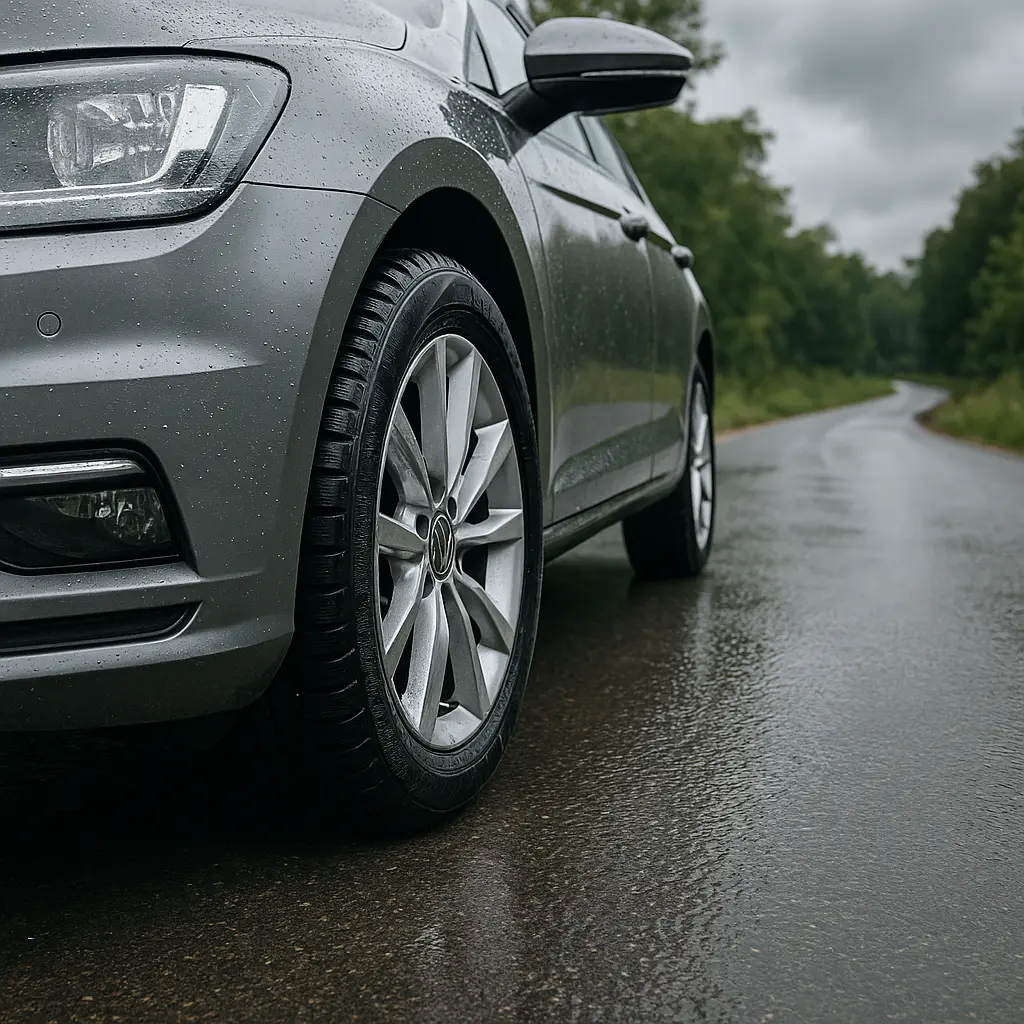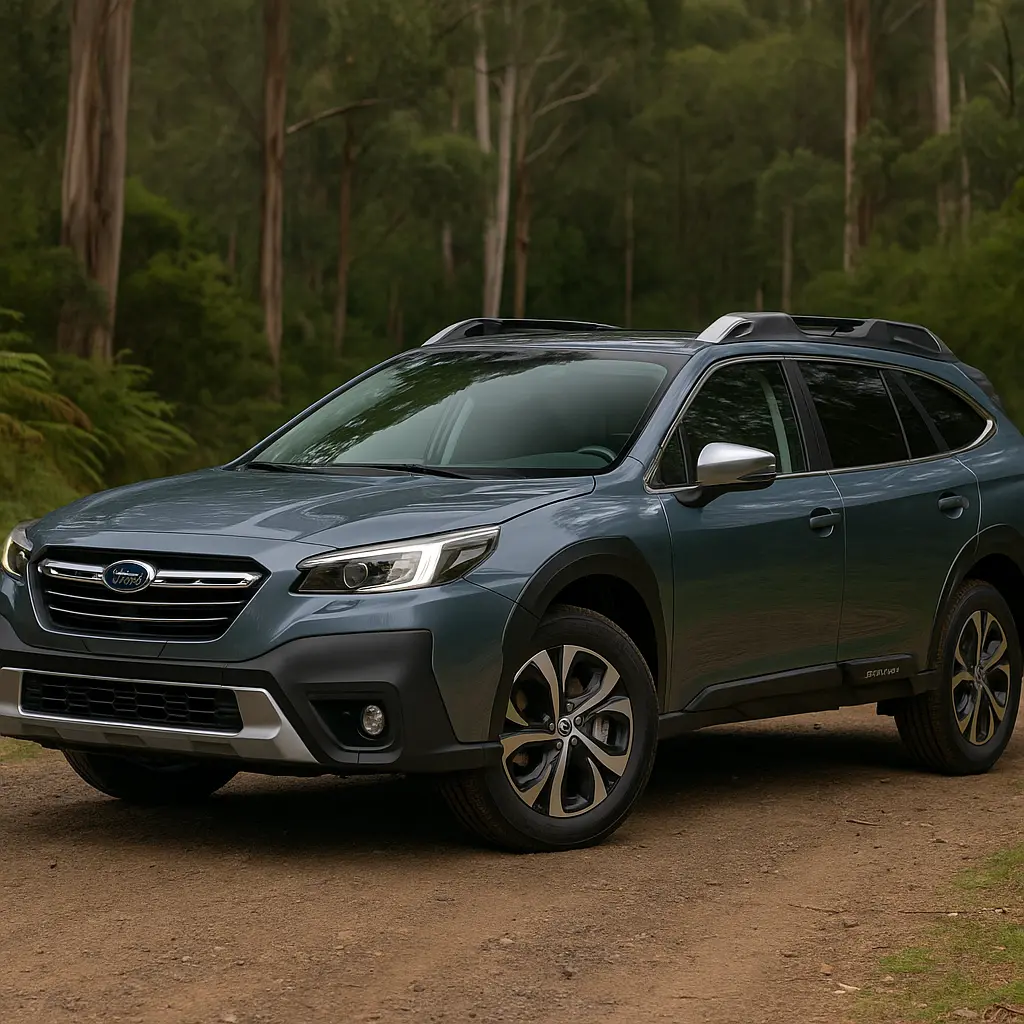Introduction: Why Tyre Wear Varies Across Australia
Australia’s vast landscape offers everything from coastal humidity and desert heat to icy alpine conditions—all of which significantly affect your vehicle’s tyres. Understanding how tyre wear changes in different climate zones can help Aussie drivers choose the right tyres, maintain safety, and get the most value from their set.
This blog explores how tyres behave in various climate regions, why local conditions matter, and how to adapt your tyre maintenance routine depending on where you live or travel.

1. Understanding Tyre Wear: What Causes It?
Before diving into geography, it’s important to understand the basic causes of tyre wear:
Friction with road surfaces: Constant contact with bitumen or gravel wears tread.
Driving habits: Aggressive acceleration, hard braking, and sharp cornering accelerate wear.
Tyre pressure: Overinflated or underinflated tyres lead to uneven wear.
Wheel alignment: Poor alignment causes rapid deterioration on one edge.
Tyre type: All-season, summer, winter, and off-road tyres wear differently based on use.
Load and towing: Carrying heavy loads increases stress and friction on tyres.
Now let’s overlay these factors with Australia’s diverse climate.
2. Australia’s Climate Zones and Their Effects on Tyres
Australia features six main climate zones according to the Bureau of Meteorology (BOM). Each region brings its own challenges for tyres:
2.1. Tropical North (Darwin, Cairns, Broome)
Climate Features:
High humidity
Heavy rainfall (wet season)
Hot temperatures year-round
Impact on Tyres:
Rubber degrades faster in high humidity and heat.
Roads are often slippery during and after heavy rain, requiring deeper tread.
Tropical heat can overinflate tyres, increasing wear in the centre tread.
Tips for Drivers:
Check tyre pressure more frequently in summer.
Use tyres rated for wet conditions.
Rotate tyres every 5,000–7,000 km to ensure even wear.
2.2. Arid and Semi-Arid (Alice Springs, Broken Hill)
Climate Features:
Extreme daytime heat
Dry, dusty conditions
Gravel and unsealed roads common
Impact on Tyres:
Heat accelerates tyre oxidation and sidewall cracking.
Unsealed roads increase sidewall damage risk.
Dust can reduce grip, increasing spin and premature wear.
Tips for Drivers:
Consider all-terrain or off-road tyres with strong sidewalls.
Avoid overinflation during peak heat hours.
Clean tyres and wheels regularly to remove dust and debris.
2.3. Temperate Coastal (Sydney, Melbourne, Perth)
Climate Features:
Moderate rainfall
Cooler winters, mild summers
Variable road conditions
Impact on Tyres:
More even tyre wear due to moderate climate.
Potholes and damp surfaces during winter contribute to minor damage and uneven tread wear.
Salt air in coastal areas can accelerate rim corrosion.
Tips for Drivers:
Regularly inspect tread and sidewalls during winter.
Tyre rotation and wheel alignment twice a year recommended.
Choose tyres that balance dry and wet traction.
2.4. Desert Inland (Outback WA, SA, NT)
Climate Features:
Very high daytime temperatures
Sparse vegetation and unsealed roads
Long travel distances with limited tyre service access
Impact on Tyres:
Long-term exposure to high temps causes rubber breakdown.
Remote travel increases risk of tyre punctures.
Poor road conditions demand tougher tread patterns.
Tips for Drivers:
Carry a full-size spare and tyre repair kit.
Use light truck (LT) or reinforced off-road tyres.
Lower pressure slightly on sand to avoid digging in.
2.5. Alpine and Cool Temperate (Tasmania, Snowy Mountains)
Climate Features:
Snow, frost, and ice in winter
Cooler average temperatures
Seasonal conditions impact traction
Impact on Tyres:
Winter temperatures harden tyre rubber, reducing grip.
Roads may be salted, increasing corrosion risk.
Snow and ice require specialised winter or all-season tyres.
Tips for Drivers:
Invest in snow-rated or all-season tyres if frequenting alpine areas.
Inspect tread depth before winter.
Wash rims often to prevent salt build-up.
2.6. Subtropical (Brisbane, Gold Coast, Northern NSW)
Climate Features:
High rainfall in summer
Hot, humid summers
Mild winters
Impact on Tyres:
Hot roads increase rubber softening, speeding up wear.
Wet conditions increase aquaplaning risk.
Humidity contributes to rubber degradation.
Tips for Drivers:
Use tyres with strong wet grip performance ratings.
Store spare tyres in a dry, shaded area.
Replace tyres at 3–4 years regardless of tread if rubber appears cracked.
3. Tyre Types Best Suited to Australian Regions
Here’s a region-by-region suggestion of tyre types:
| Region | Best Tyre Type | Key Features |
|---|---|---|
| Tropical North | Wet-weather or summer tyres | Aquaplaning resistance, heat tolerance |
| Arid Inland | All-terrain/off-road tyres | Durable sidewalls, deeper tread |
| Coastal Temperate | Touring or all-season tyres | Balanced dry/wet grip |
| Alpine | Winter or all-season tyres | Cold-weather rubber, deep sipes |
| Subtropical | Performance or wet-weather tyres | Heat resistance, good wet traction |
4. Real-World Tyre Wear Examples Across Australia
Case 1: Sydney to Broken Hill Road Trip
Drivers often see greater shoulder wear due to changing road surfaces—from highways to gravel roads. Tyre pressure adjustment before entering unsealed roads is critical.
Case 2: Brisbane Daily Commute
Tropical rainstorms in Brisbane reduce tread lifespan. Many drivers opt for tyres with deep grooves and silica-enhanced compounds for better wet performance.
Case 3: Perth’s Suburbs
Moderate temps allow for longer-lasting tread, but irregular roadworks and construction zones contribute to sidewall scuffing. Regular tyre inspections catch early wear.
5. Common Tyre Mistakes in Different Climates
Using summer tyres in the snow: These harden in cold weather, compromising grip.
Overinflating in desert conditions: Leads to central wear and blowouts.
Neglecting pressure checks during winter: Cold temps lower PSI, increasing shoulder wear.
Not rotating tyres regularly in wet zones: Increases risk of aquaplaning from uneven tread.
6. Tips to Extend Tyre Life Based on Your Location
Universal Tips:
Check pressure monthly
Rotate every 5,000–10,000 km
Balance and align every 10,000–15,000 km
Inspect for cuts, cracks, and bulges
Region-Specific:
Hot Areas: Check pressure early morning. Use heat-resistant compounds.
Wet Areas: Prioritise water dispersion features in tread.
Cold Areas: Consider switching to winter tyres seasonally.
Off-Roaders: Clean off-road tyres after trips to remove debris and avoid embedded stones.
7. Choosing the Right Tyre Brand for Your Region
Here are tyre brands and models known to perform well in various Australian conditions:
| Region | Recommended Brands/Models |
|---|---|
| North QLD | Bridgestone Turanza Serenity Plus, Michelin Primacy 4 |
| Outback SA | BF Goodrich KO2, Toyo Open Country A/T |
| Coastal NSW | Continental PremiumContact 6, Pirelli Cinturato |
| Tasmania | Nokian WRG4, Bridgestone Weather Control |
| NT & WA | Cooper AT3, Falken Wildpeak AT Trail |
8. When to Replace Tyres—Signs Beyond Tread Depth
Even with proper regional adjustments, tyres eventually wear out. Look for:
Cracks in the sidewall
Bulges or blisters
Vibration while driving
Tread depth under 1.5mm
Age over 6 years (regardless of use)
9. Summary: Smart Tyre Habits for Smarter Aussie Drivers
To maximise safety and longevity:
Tailor your tyre choice to your regional climate.
Follow a regular maintenance routine based on where you drive most.
Don’t wait until tyres are bald—weather effects often accelerate wear before it’s visible.
Australia’s climate diversity makes a one-size-fits-all approach to tyre care ineffective. Be region-smart and climate-aware—your car (and wallet) will thank you.
Leave a comment
Your email address will not be published. Required fields are marked *




















